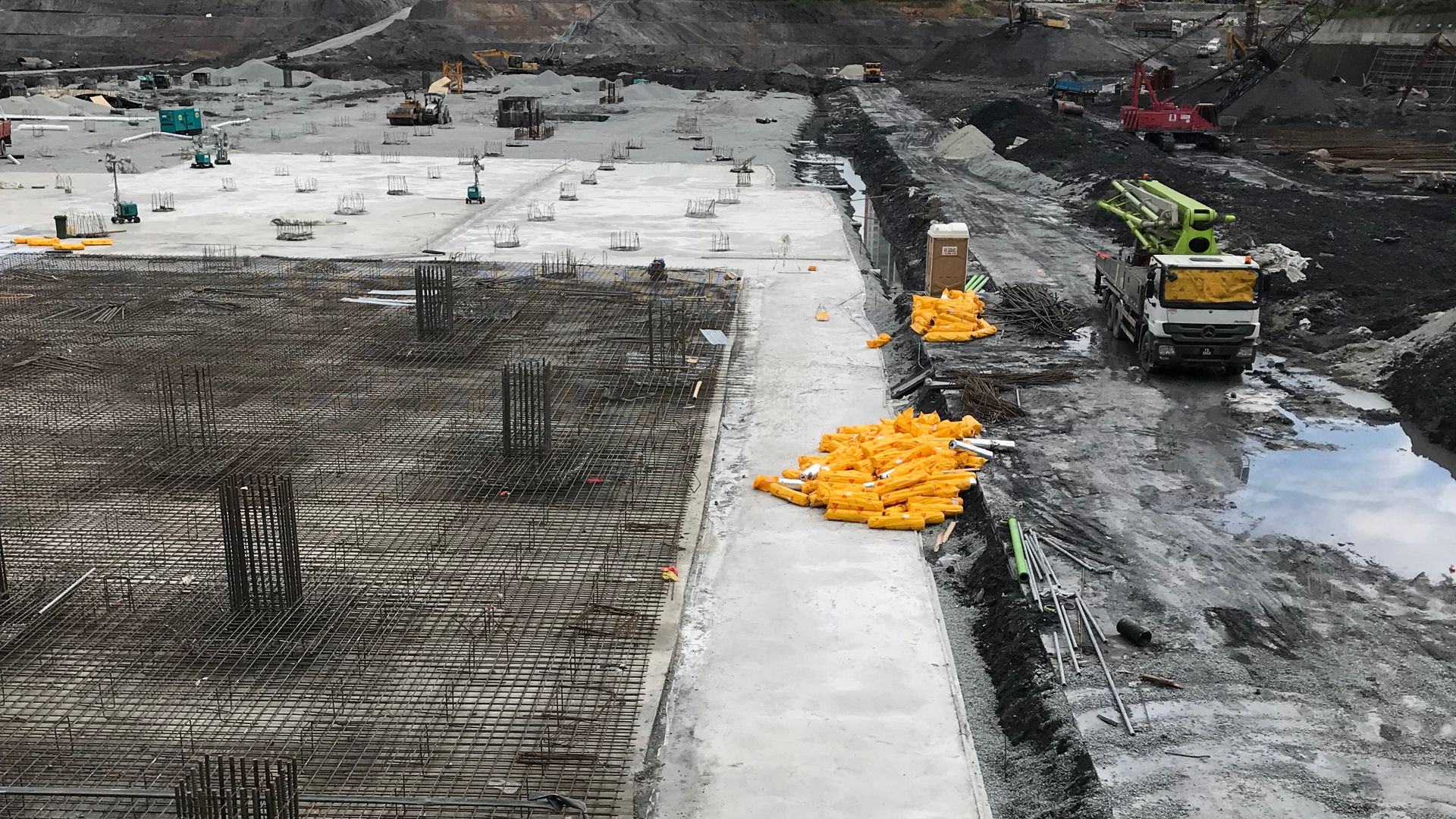To define the appropriate waterproofing strategy and type of system for a specific project, it is important to consider not only the ground conditions but also the project requirements of the owner. The functionality and future use, service life and the total cost of ownership should also be considered.
Degree of watertightness
The British standard BS 8102:2022 describes different levels of watertightness required for the end use of a structure.
Grade 1a
Grade 1b
Grade 2
Grade 3
Basic Utility
Some seepage and damp areas tolerable*
- Underground car parks
- Plant rooms
- Workshops
* Dependent on use
Seepage and damp areas from internal and external sources are tolerable where this does not impact on the proposal use of below ground structure.
Internal drainage might be necessary to deal with seepage.
Basic Utility
Some seepage and damp areas tolerable*
- Underground car parks
- Plant rooms
- Workshops
* Dependent on use
No seepage. Damp areas from internal and external sources are tolerable.
Better Utility
No water penetration. Ventilation may be required
- Underground car parks
- Storage areas
- Workshops
- Electrical plant rooms
Habitable
No water penetration, totally dry environment
- Ventilated residential units and offices
- Restaurants and commercial areas
- Leisure facilities
Service life / durability
The performance of each different waterproofing technology can generally be positioned as follows:
Total cost of ownership
The total cost of ownership (TCO) includes all of the building costs for the entire service life of the structure, including the initial investment, the cost of any loss or damage to interior furnishings and goods etc. due to water ingress, the cost of any repair and maintenance, plus the cost of any downtime during any such works.

